Is AI-Powered Answer Automation Right for Your Business
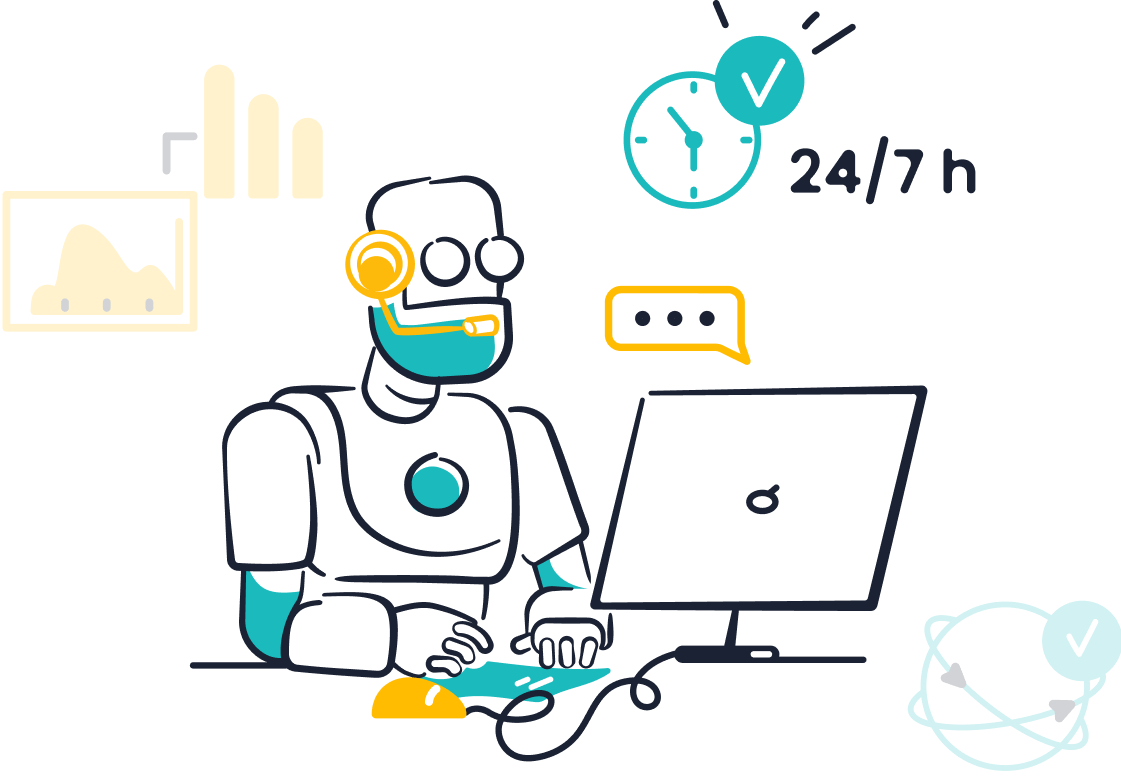
Picture a retail manager watching customer questions pile up during a weekend sale. Businesses of all sizes, from healthcare to finance, now turn to answer automation powered by AI to manage rising demand. AI tools handle routine queries, boost agent productivity, and deliver 24/7 support. Sobot AI helps companies improve customer experience, streamline operations, and make data-driven decisions. Leaders often ask if automation fits their needs, how it affects service quality, and what it means for their teams.
Answer Automation Basics
What Is Answer Automation
Answer automation uses technology to perform tasks with little human help. It helps businesses streamline processes, improve efficiency, and reduce mistakes. Many industries use answer automation to handle common questions and requests.
- Robotic Process Automation (RPA) uses software bots to complete repetitive tasks.
- Cognitive automation uses AI and machine learning to make decisions and solve complex problems.
- Business Process Automation (BPA) manages entire workflows across departments.
- IT Process Automation (ITPA) handles routine IT jobs like system checks and updates.
- Autonomous systems work on their own, such as self-driving cars.
These tools help companies create clear, repeatable processes. They replace manual work and deliver faster, more accurate results. As AI becomes part of automation, businesses gain more flexibility and adaptability in their workflows.
How AI Powers Customer Service
AI in customer service changes how companies interact with customers. AI-powered tools can answer questions, solve problems, and guide users through processes. They work around the clock, so customers get help any time.
A recent study shows that 36% of experts say AI ensures 24/7 support. Chatbots save agents over two hours each day. AI-driven automation speeds up responses and handles minor tasks, freeing agents for more complex issues.
AI improves customer satisfaction by personalizing answers and reducing wait times. It also boosts productivity and helps companies handle more requests without hiring extra staff.
| Performance Metric | Impact Example |
|---|---|
| Average Handling Time (AHT) | Reduced by 39% in some companies |
| Response Time | 30% faster after AI integration |
| Resolved on Automation Rate | Up to 50% of conversations automated |
| Customer Satisfaction (CSAT) | Improved by balancing speed and quality |
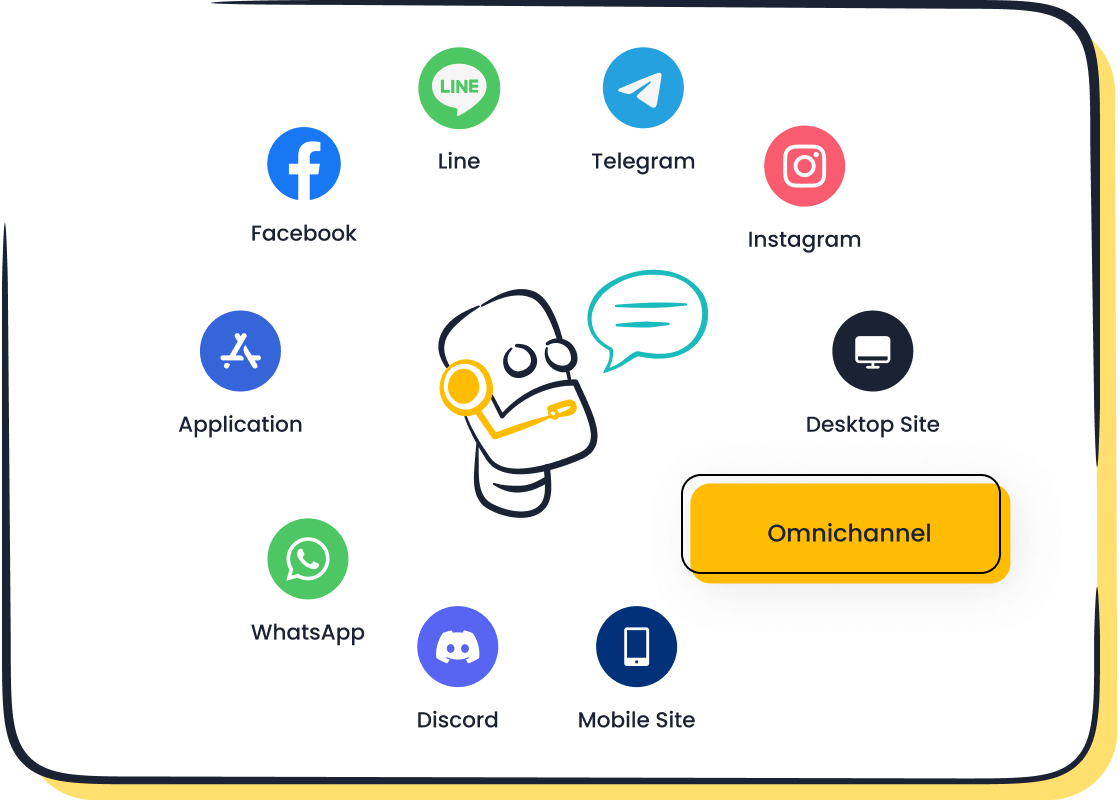
Sobot Chatbot Overview
The Sobot Chatbot uses AI to automate customer interactions. It supports many channels, including chat, email, and social media. Sobot’s tools help companies in retail, finance, and other industries.
Sobot’s AI-driven automation reduces agent workload by 60% and improves ROI by over 200%. OPPO, a leading smart device brand, achieved a 93% customer satisfaction rate using Sobot’s automated services.
The chatbot personalizes conversations, answers questions in multiple languages, and works 24/7. Sobot’s tools help businesses boost conversion rates, improve Net Promoter Scores, and lower costs. Companies can handle more requests, provide faster answers, and keep customers happy.
Benefits of AI in Customer Service
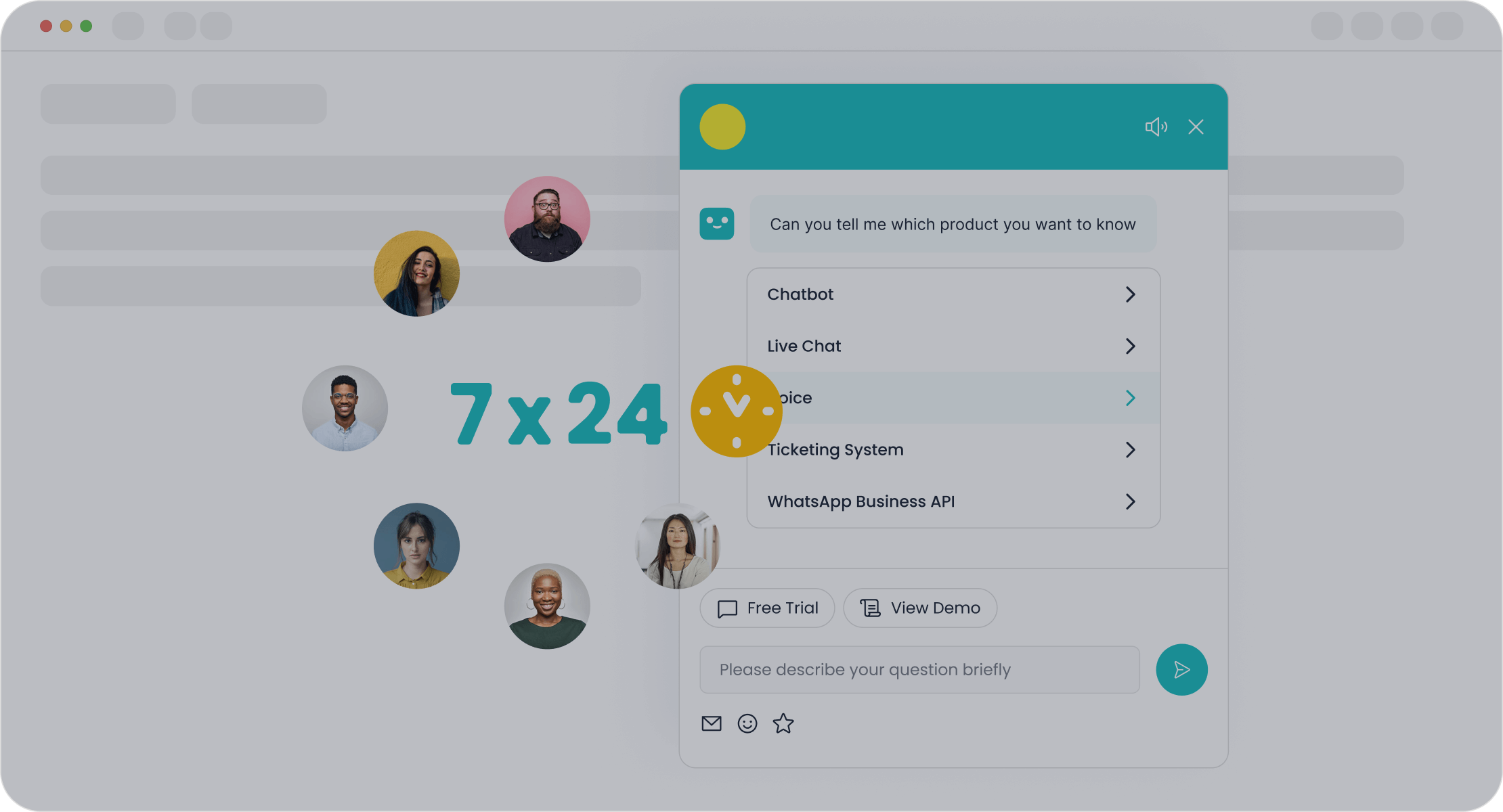
Efficiency and Speed
AI transforms how companies handle customer service by automating tasks that once took hours. Businesses now use AI tools to answer questions, process requests, and manage data with remarkable speed. These tools reduce the time spent on repetitive work, allowing employees to focus on more important projects. AI in customer service helps companies respond faster and more accurately, which leads to improved efficiency.
| Efficiency Improvement | Description | Quantitative Evidence |
|---|---|---|
| Time Savings | AI automation reduces time spent on repetitive tasks, speeding up operations and decision-making. | Saves an average of 1.75 hours per day (HRD America) |
| Cost Reduction | Minimizes manual labor and operational expenses, reducing overall costs. | Average cost reduction of 31% (Deloitte study) |
| Error Minimization | Eliminates human errors in routine tasks, improving data integrity and reducing error-related costs. | Example: Automated invoice processing reduces financial mistakes |
| Enhanced Productivity | Frees employees from mundane tasks, allowing focus on strategic activities. | Productivity boost up to 40% by 2035 (McKinsey report) |
| Scalability | AI handles increased workloads and complex tasks, supporting business expansion and adaptability. | Enables accurate future predictions and workload management |
AI-driven automation also improves task management. These tools assign jobs to employees as soon as they are ready, which removes downtime. Employees no longer waste time searching for work or doing busywork like data entry. This shift leads to increased productivity and smoother workflows. In industries such as healthcare and finance, AI processes large datasets quickly and reduces errors, giving companies a competitive edge.
24/7 Support and Scalability
AI tools provide round-the-clock support, making sure customers get help any time of day. Unlike traditional support, which often stops after business hours, AI-powered systems never rest. These tools process millions of data points in seconds and deliver consistent, accurate answers. AI in customer service means companies can serve customers across all time zones without hiring extra staff.
- AI-driven 24/7 support ensures availability for global customers.
- Response times improve by 37%, and ticket resolution times drop by up to 52% with AI.
- Staffing needs during peak seasons decrease by up to 68% due to automation.
- Agent productivity increases by 15% when supported by AI tools.
- By 2025, AI is expected to handle 95% of customer interactions.
- 75% of customer inquiries resolve without human help through AI.
- AI enables personalised interactions, proactive service, and consistent omnichannel support.
- Companies like Lyft report an 87% reduction in resolution times after adopting AI.
- 69% of consumers prefer AI-powered self-service for quick solutions.
AI-driven automation scales easily. As customer demand grows, these tools handle more requests without slowing down. This scalability helps businesses manage busy periods and expand into new markets. AI also supports omnichannel service, so customers get the same quality of help on chat, email, or social media.
Cost Savings with Sobot
Sobot’s answer automation solutions deliver real savings for businesses. Companies that switch to Sobot see a 25% drop in total costs. Sobot’s tools increase operational efficiency by six times, helping teams do more with less. By automating 50% of support conversations, companies save about $6,250 each month.
| Metric | Value | Description |
|---|---|---|
| Overall Cost Decrease | 25% | Reduction in total costs after switching to Sobot |
| Efficiency Increase | 6X | Increase in operational efficiency |
| Customer Service Cost Savings | $6,250 | Savings by automating 50% of support conversations |
| Projected AI-driven Cost Reduction | Up to 30% by 2025 | General industry estimate for AI customer service cost reduction |
By 2025, experts expect companies using AI-driven customer service to cut operational costs by up to 30%. Sobot’s tools automate tasks, reduce the need for extra staff, and lower error-related expenses. These savings allow businesses to invest in growth and innovation.
💡 Juniper Research projects that chatbots will save $11 billion in costs across sectors like retail, healthcare, and finance. This shows the power of AI in reducing expenses and boosting productivity.
Data Insights and Personalization
AI tools collect and analyze data from every customer interaction. These tools help companies understand what customers want and how they behave. AI in customer service uses this information to create personalised interactions, which make customers feel valued and understood.
- Personalised emails get 29% higher open rates and 41% higher click-through rates.
- Personalised calls-to-action lead to 42% higher conversion rates.
- AI-powered sales automation increases sales productivity by up to 30% and sales revenue by 10-15%.
- 71% of consumers feel frustrated by impersonal shopping experiences.
- 77% of companies see personalisation as key to driving sales.
- AI-driven personalisation leads to a 20% increase in sales and a 15% rise in customer retention.
- Combining AI automation with human support boosts sales productivity by 25% and customer satisfaction by 30%.
AI-driven automation enables predictive lead scoring, automated follow-ups, and content tailored to each customer. These tools use real-time data to improve marketing, sales, and support. AI also helps companies break down data silos, unify customer profiles, and ensure high data quality. This leads to more accurate insights and better decision-making.
AI tools also support advanced features like sentiment analysis and augmented reality, which further enhance personalisation. Businesses use these insights to improve customer journeys, increase loyalty, and drive revenue. AI in customer service gives companies the power to deliver the right message to the right person at the right time.
Drawbacks of Answer Automation
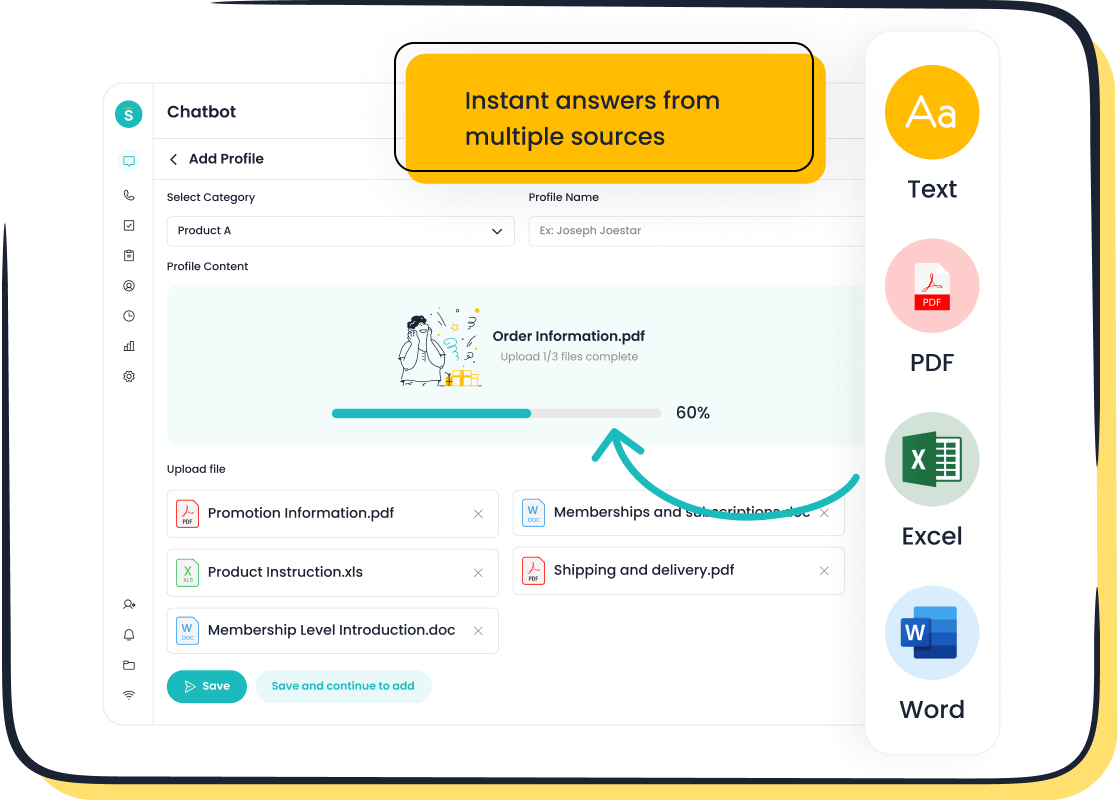
Lack of Human Touch
AI-powered answer automation brings many benefits, but it cannot replace real human connection. Many people value empathy, creativity, and understanding in their interactions. When companies rely too much on automation, they risk losing these important qualities. In healthcare, for example, patients may miss the comfort of a caring voice. In creative fields, AI may struggle to show true emotion or originality. Overuse of automation can also reduce social skills and peer communication.
People often feel more satisfied when they talk to a real person who listens and understands their needs.
Here is a table showing how different industries experience the loss of human interaction:
| Industry | Drawbacks Related to Loss of Human Interaction |
|---|---|
| Education | Students may depend on machines and lose critical thinking skills. |
| Transportation | AI decisions can replace human judgment in safety situations. |
| Social Work | AI cannot show empathy or provide delicate care for vulnerable people. |
| Human Resources | Some tasks still need genuine human interaction. |
| Personal Services | Jobs like hairstylists need human skills and personal touch. |
| Arts and Entertainment | AI cannot fully replace human creativity and emotional expression. |
Companies must balance the pros and cons of automation. Too much automation can lead to a loss of human interaction, which may hurt customer satisfaction and loyalty.
Implementation Challenges
Setting up answer automation is not always easy. Businesses face many hurdles during the process. Technical limits mean that automation cannot solve every problem. Choosing the right tasks to automate is tricky and affects the return on investment. Handling large amounts of data requires strong systems and good management. Data privacy and security become major concerns when sensitive information is involved.
- High costs for tools, training, and infrastructure.
- Employee resistance to new technology.
- Difficulty connecting automation with old systems.
- Lack of flexibility in some automation solutions.
- Over-dependence on technology, which can cause problems if systems fail.
- Communication gaps between teams.
- Scalability issues as the business grows.
- Customization needs that increase time and expenses.
- Limited visibility and control over automated processes.
- Managing expectations among stakeholders.
Many businesses find that successful automation needs careful planning, teamwork, and ongoing support.
Privacy and Security
Data privacy and security stand out as top concerns for companies using answer automation. Automated systems often handle large volumes of sensitive customer data. If not managed well, this can lead to unauthorized access or data leaks. Businesses must follow strict rules to protect customer information and avoid legal trouble.
AI systems sometimes create new risks. For example, they may store or process data in ways that are hard to monitor. Companies need strong encryption, regular audits, and clear policies to keep data safe. They must also train staff to spot and prevent security threats.
Protecting data privacy and security is not just about technology. It also requires a culture of responsibility and awareness.
Job Impact
Answer automation changes the workplace. Some jobs become easier, while others may disappear. Studies show that automation creates as many jobs as it removes, but it can increase inequality. Workers who use automation tools often earn more, but those replaced by machines may lose their jobs or see lower wages.
| Firm Size | Employment Impact Five Years After Automation Adoption |
|---|---|
| Small Firms | +5% increase in employment |
| Medium/Large Firms | -4% decrease in employment |
| Aggregate Effect | Slight overall drop in employment |
| Non-adopting Firms | Losses in sales and employment |
The effects of automation depend on the size of the company and the type of work. Small firms may hire more people, while larger firms might cut jobs. The new wave of AI automation affects not only factory workers but also professionals like healthcare workers and finance experts. To reduce negative effects, companies and governments need to invest in training and support for workers.
Lifelong learning and new skills help people adapt to changes brought by automation.
Key Considerations for Businesses
Business Size and Needs
Companies of all sizes now use answer automation to handle growing customer demands. Large businesses often see a 15% boost in productivity and a 12% drop in marketing costs after adopting automation. Over 60% of companies have already implemented some form of ai, showing that automation is not just for big brands. Small and medium-sized businesses also benefit, especially when customer volume spikes. Sales teams using ai tools report a 14.5% increase in productivity. Sobot supports businesses across industries, from retail to finance, and helps them scale their operations as they grow. The platform’s flexibility allows companies to improve workflow and meet changing needs.
Customer Expectations
Customer experience shapes business success. Today’s customers expect fast, accurate answers and personalized service. Traditional surveys like Net Promoter Score often miss real-time feedback. Automated surveys powered by ai collect responses right after an interaction, which improves satisfaction and retention. Companies use platforms like SurveyMonkey and Qualtrics to gather insights quickly. Experience Management Platforms automate feedback collection, making it easier to track and respond to customer needs. Sobot’s ai-driven tools help businesses meet these expectations by providing instant support and actionable insights.
Integration with Existing Systems
Seamless integration matters for any ai solution. Sobot connects with existing systems, including CRM, chat, and social media platforms. Ai-driven data mapping reduces manual errors and speeds up integration. Predictive issue detection and intelligent API management help companies avoid downtime. Adaptive workflow automation lets businesses adjust processes as they grow. Sobot’s omnichannel support ensures that companies can manage all customer interactions in one place, making operations more efficient and secure.
Review Response Automation
Review response automation plays a key role in reputation management. Automated systems increase the number and quality of reviews by reducing manual work. Businesses see higher engagement when they use personalized review requests and scheduled prompts. Ai-powered alerts speed up responses to negative feedback, which helps protect a company’s reputation. Consistent, professional replies build trust and improve customer experience. Sobot’s review response strategy supports online reputation management by integrating with CRM systems and monitoring reviews across platforms. Companies that use review response automation see better business visibility and stronger customer loyalty. A good customer review response plan helps maintain a positive brand image and supports long-term reputation management goals.
Making the Right Choice
Decision Checklist
Choosing the right answer automation solution starts with a clear evaluation process. Businesses can use a checklist to guide their decisions:
- Identify which AI technologies fit the business, such as Robotic Process Automation or Generative AI.
- Assess the company’s technical infrastructure, data quality, and team readiness.
- Recognize barriers like data gaps, leadership challenges, or compliance needs.
- Measure success using metrics like cost savings, revenue growth, and productivity gains.
- Ensure data collection is accurate and secure, with strong governance policies.
- Select AI tools that match business goals, scale with growth, and integrate with current systems.
- Review export and deployment options for flexibility across environments.
- Evaluate security features, including encryption and compliance with regulations.
- Compare vendors using a scoring matrix for technical strength, cost, and support.
- Negotiate contracts for ongoing support, transparency, and compliance audits.
A structured checklist helps companies align AI choices with business needs and ensures long-term success.
Combining AI and Human Support
AI and human agents work best together. AI handles routine questions, collects information, and provides 24/7 support. Human agents focus on complex or emotional issues. This hybrid model increases productivity by 14% and improves customer satisfaction. AI reduces wait times and helps agents respond faster. Sentiment analysis lets AI detect urgent cases, so agents can prioritize them. Companies see better Net Promoter Scores and smoother customer journeys when they blend AI with human support. This approach also boosts reputation management by ensuring every customer feels heard.
Sobot Success Story: OPPO
OPPO, a global smart device leader, used Sobot’s AI-powered answer automation to transform its customer service. During peak shopping times, OPPO faced a surge in customer inquiries. Sobot’s chatbot managed repetitive questions, freeing agents for more complex tasks. OPPO integrated all customer channels and business systems, improving data access and service quality. The result: an 83% chatbot resolution rate, a 94% positive feedback rate, and a 57% increase in repurchase rate. OPPO’s experience shows how AI and automation can drive productivity, enhance reputation management, and deliver measurable business gains.
Decision makers should weigh the pros and cons of AI-powered answer automation. The table below highlights key points:
| Aspect | Pros | Cons |
|---|---|---|
| Time Efficiency | Saves up to 80% of manual work | Needs regular data checks |
| Insight Generation | Fast, actionable insights | Lacks human judgment |
| Cost | Often included at no extra charge | May have hidden costs |
| Decision Quality | Improves accuracy and speed | Struggles with nuanced tasks |
| Risk Management | Reduces errors and ensures compliance | Raises privacy concerns |
| Human-AI Collaboration | Best results with human oversight | Overreliance can cause issues |
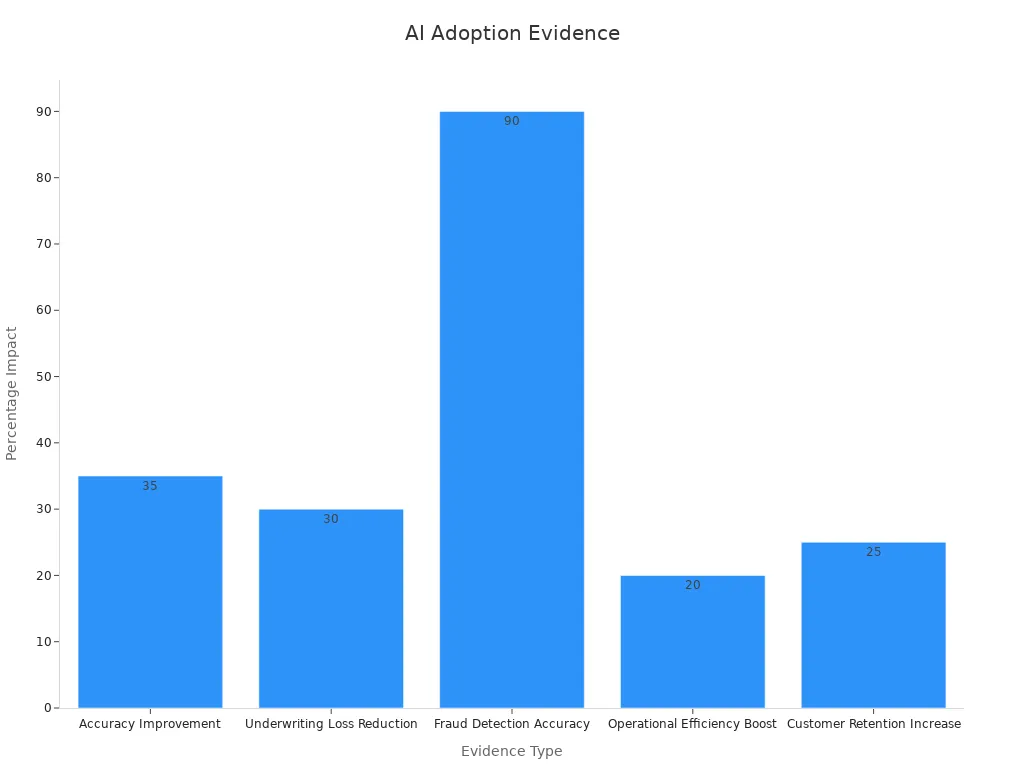
Leaders should use the decision checklist and review real-time metrics to match solutions to their needs. Sobot’s platform helps companies achieve higher efficiency and customer satisfaction. For more details, explore Sobot’s solutions or contact their team.
FAQ
What types of businesses benefit most from AI-powered answer automation?
Retail, finance, healthcare, and e-commerce companies see the biggest gains. Businesses with high customer volumes or frequent support requests use AI to improve speed and efficiency. Small and large organizations both find value in automation.
How does Sobot ensure data privacy and security?
Sobot uses strong encryption and follows global data protection rules. The platform runs regular security checks and updates. Companies trust Sobot to keep customer information safe and private.
Can Sobot’s chatbot work with existing business systems?
Yes, Sobot’s chatbot connects with CRM, email, chat, and social media platforms. Integration helps businesses manage all customer interactions in one place. This makes workflows smoother and more efficient.
Does AI-powered automation replace human agents?
AI handles routine questions and simple tasks. Human agents focus on complex or sensitive issues. Companies use both AI and people to give customers the best support.
How quickly can a business set up Sobot’s answer automation?
Most businesses set up Sobot’s chatbot in a few days. The platform uses a point-and-click interface, so no coding is needed. Sobot’s team helps with training and support.
See Also
Ways AI Customer Support Software Enhances Operational Efficiency
An In-Depth Look At AI Solutions For Enterprise Call Centers
Best Ten AI Tools Designed For Enterprise Contact Centers
Comprehensive Guide To AI Software For Call Center Operations
Understanding The Efficient Functioning Of Call Center Automation
